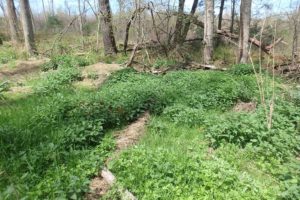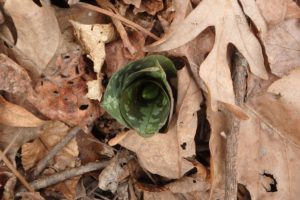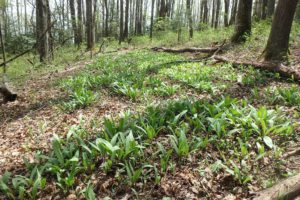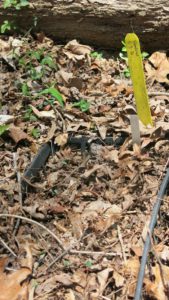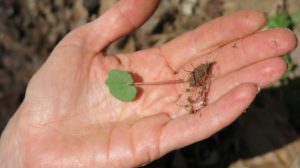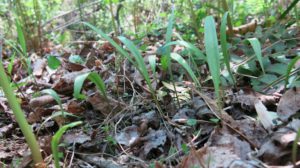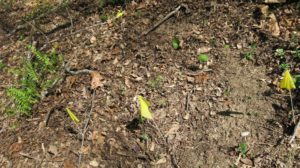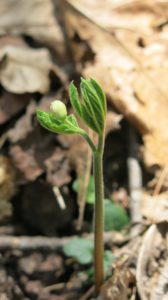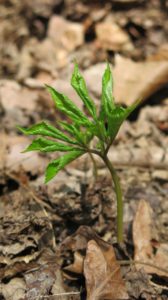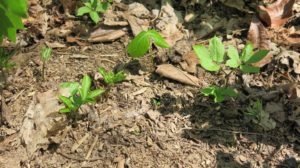Life of a Forest Farmer-in the Spring
go.ncsu.edu/readext?466502
en Español / em Português
El inglés es el idioma de control de esta página. En la medida en que haya algún conflicto entre la traducción al inglés y la traducción, el inglés prevalece.
Al hacer clic en el enlace de traducción se activa un servicio de traducción gratuito para convertir la página al español. Al igual que con cualquier traducción por Internet, la conversión no es sensible al contexto y puede que no traduzca el texto en su significado original. NC State Extension no garantiza la exactitud del texto traducido. Por favor, tenga en cuenta que algunas aplicaciones y/o servicios pueden no funcionar como se espera cuando se traducen.
Português
Inglês é o idioma de controle desta página. Na medida que haja algum conflito entre o texto original em Inglês e a tradução, o Inglês prevalece.
Ao clicar no link de tradução, um serviço gratuito de tradução será ativado para converter a página para o Português. Como em qualquer tradução pela internet, a conversão não é sensivel ao contexto e pode não ocorrer a tradução para o significado orginal. O serviço de Extensão da Carolina do Norte (NC State Extension) não garante a exatidão do texto traduzido. Por favor, observe que algumas funções ou serviços podem não funcionar como esperado após a tradução.
English
English is the controlling language of this page. To the extent there is any conflict between the English text and the translation, English controls.
Clicking on the translation link activates a free translation service to convert the page to Spanish. As with any Internet translation, the conversion is not context-sensitive and may not translate the text to its original meaning. NC State Extension does not guarantee the accuracy of the translated text. Please note that some applications and/or services may not function as expected when translated.
Collapse ▲By Margaret Bloomquist, NC Alternative Crops and Organics Program, Department of Horticultural Science, NC State University on May 1, 2017.
Reviewed by Jeanine Davis on May 3, 2022.
The ups and down of the thermometer had us out in February, every week, checking beds for reemergence, germination, invasive sprouts ~ anything? Fast forward to March and we’re creating new beds for this seasons planting and propagating, but all too careful not to disturb the growth just beneath the surface for existing beds. There is much below the surface, must be… I planted seeds and transplanted rescued natives there for the past 5 years. There must be something poking their heads up soon… Right?!
Then….. Mid-March walks at 2,500 ft in Southern Appalachia, a couple bloodroot! Just a few with their brilliant white ephemeral flowers, the palm shaped leaf wraps its lobes snug around the blossom bud, and stem at emergence.
Ramps! They’ve reseeded and bulbil led their way to spread the plots out even further. They smell – and taste – wonderful. When harvesting, take one leaf from each mature plant.



